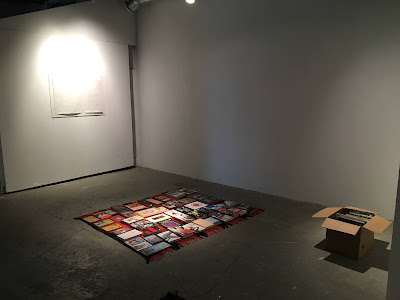Àbadakone is the second in a series of international Indigenous art exhibitions that was inaugurated in 2013 with Sakahàn. With reference to the fact that the National Gallery of Canada resides in traditional Algonquin territory, both exhibitions have titles in Algonquin. As Sakahàn is a word that means “lighting a fire” in English, it is totally apt that Àbadakone should mean “the fire continues to burn,” or in the trilingual title of the exhibition: Continuous Fire.
This exhibition further establishes the NGC as a centre for dialogues that contribute to the writing of international Indigenous art histories. It also makes it a place to see some extraordinary contemporary Indigenous art from around the world, with work by more than seventy artists from at least sixteen diverse countries including Benin, China, Guatemala, India, Indonesia, Japan, New Zealand, Russia, and South Africa. Significantly, these artists in total identify with approximately forty Indigenous nations, ethnicities, and tribal affiliations within and across the countries listed, traversing boundaries and shifting a visitor’s understanding of the global map.
In the complete text of my review, posted here on the November 28 Akimblog, I dwell on one work that is particularly emblematic of this shift in perspective: the Sámi Architectural Library by Joar Nango, a Sámi artist and architect from Sápmi (a cultural region that stretches over Norway, Sweden, Finland, and Russia). For Nango, the paramount goal is the transmission of Indigenous knowledge. His library offers a dynamic model for decolonization.









